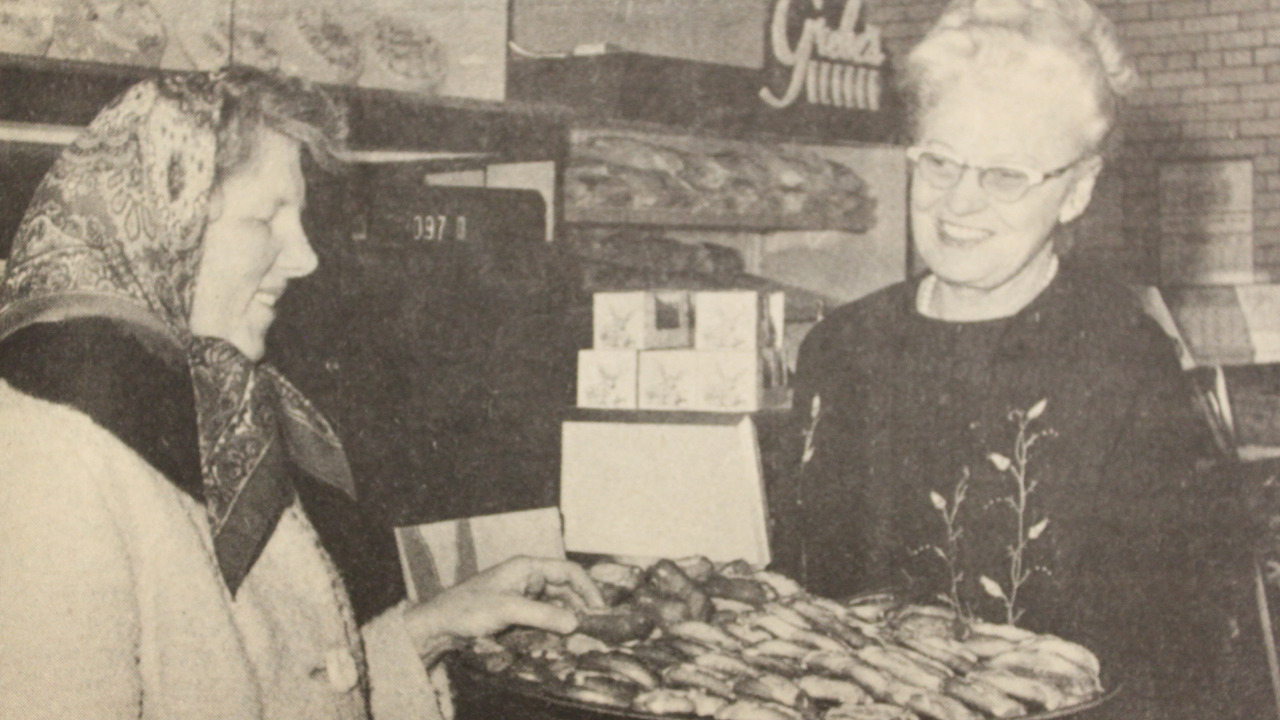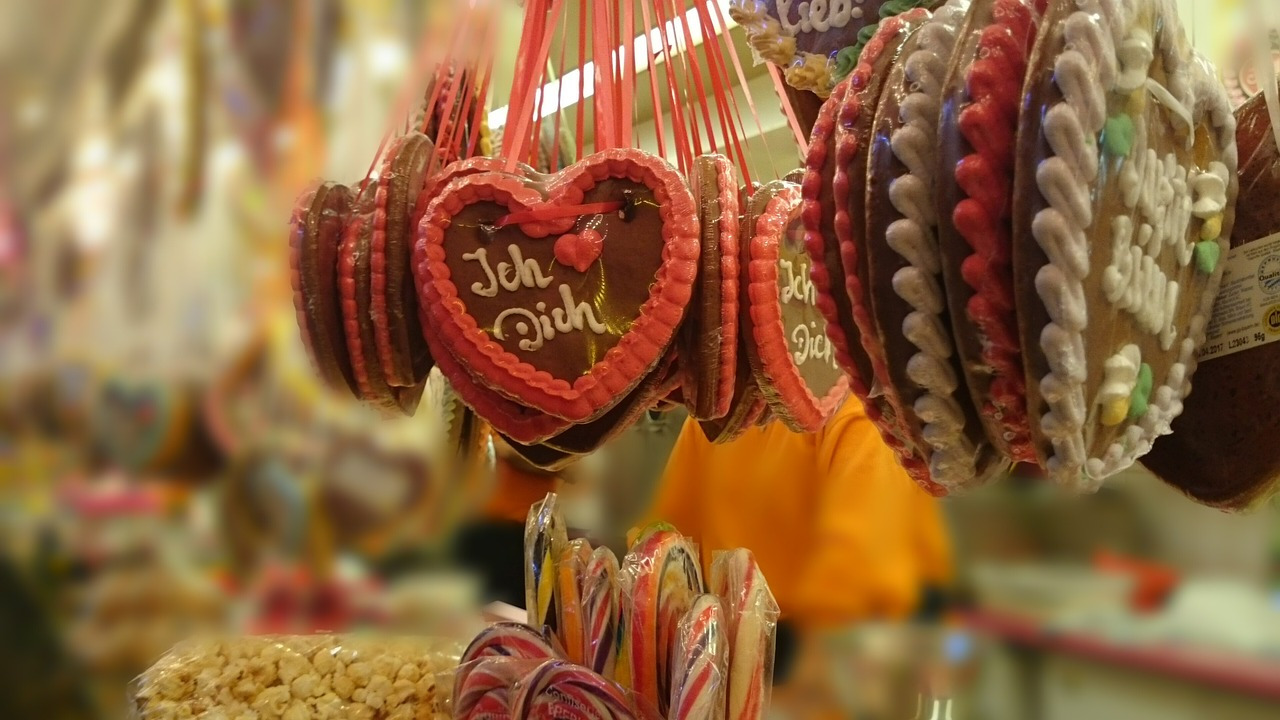One of the most popular confectionary sweets, cookies have a long history.
Wars, travel, and trade caravans helped spread the popularity of cookies around the world and even established cookie factories. People exchanged recipes they knew, learned new ones, and brought them home.
Today’s range of cookies, cakes, and waffles is astounding in its diversity. Hardly anyone knows how wide varieties there are. Modern pastries differ in the type of flour and other products used, the filling, the plain or chocolate glaze, the shape, the color, and so on.
The history of the cookie

Scientists think that the first cookie appeared about 10,000 years ago, around the same time the first bread was baked. Of all the variety of confectionery, it is the oldest. It is known that one of the ancient cookbooks calls a cookie a small piece of dough that was kneaded for another pastry. These scones served as an indicator of how hot the oven was in the place where they were placed for inspection.
The first cookie – as we are used to seeing it – appeared in the 8th century BC. It was made in Iran and was unsweetened because they didn’t yet know sugar. Maybe that’s why this product was not popular, but with the advent of sugar, the situation has changed. The cookies got a second life, and people loved them. Iranian craftsmen were famous for their skill in baking sugar cookies using wheat, rice, corn, and other kinds of flour.
The popularity of cookies began to gain momentum during the Muslim invasion of Spain. The war served to trade in the Crusades. Over time, the East and West established trade, taking over Northern Europe as well. People liked the cookies very much, and soon they were carried by many merchant ships – they were very easy to transport and also provided a lot of profit.
Today we enjoy eating modern cookies with tea, coffee, and cocoa. Confectioners offer us cookies with different fillings, shapes, and colors, glazed and unglazed. Recipes are constantly being modernized, and new ones are appearing.
About the origin of the word “cookie”

Cookies got their name from the Dutch language – “koekie” in translation means “pie” or “small.” Also, some nations have their own words for naming this confectionery. So, the English and Australians eat biscuits, the Spaniards eat galettes, in Italy, the cookies are called by the beautiful words “Amaretti” or “Biscotti,” and with Germans, it is simply a cupcake or a Christmas cookie.
Interesting facts

The record for the largest strawberry cookie was set in America in 1999. Then they baked a giant weighing 3.6 kilograms, and such cookies had a diameter of almost 77 meters. For the decoration, 1812 kilograms of strawberries and 617 kilograms of whipped cream were used.
Haiti has its own unusual recipe for making cookies. They put salt and vegetable scraps in it, which is supplemented with mud. The Haitians don’t bake cookies – they roast them in the sunlight on rooftops.
But we like the most ordinary, delicious cookies, which are loved by children and adults alike, as they help them return to the world of childhood.





